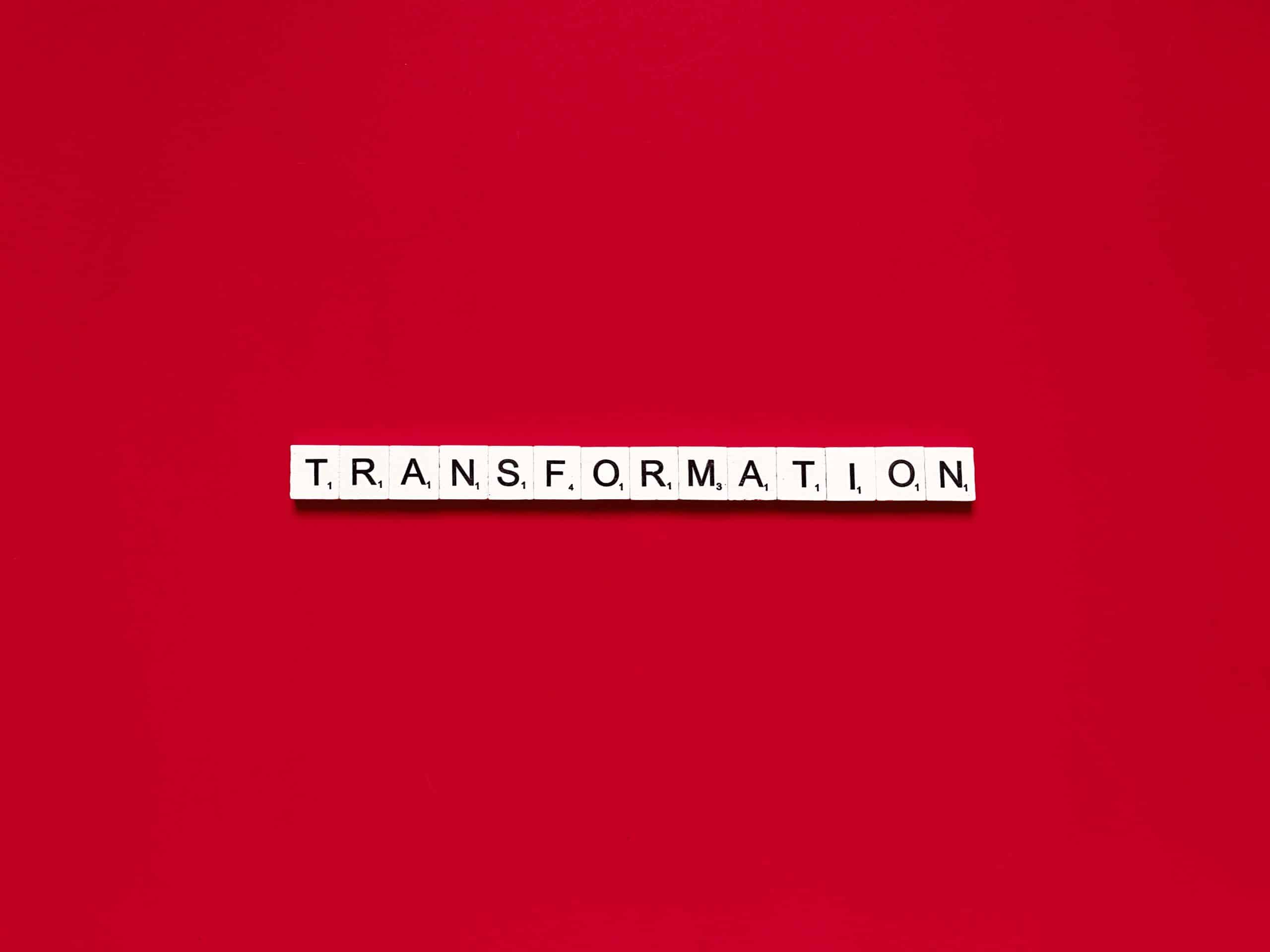How Are Digital Twin Simulations Transforming UK City Planning and Development?

The intriguing yet effective concept of Digital Twins is revolutionising the way city planning and urban development occurs in the United Kingdom. Utilising sophisticated data models and expanding upon the traditional methods of planning and management, these digital replicas are paving the way for enhanced simulations and predictions within city systems. But how exactly are these digital twins transforming the way we perceive and plan our urban environments?
In this comprehensive article, we will delve into the intricacies of Digital Twins, their role in city planning and how they are proving to be game-changing tools for urban management.
Lire également : How Does Urban Vertical Farming Contribute to UK Food Security and Sustainability?
An Overview of Digital Twins
The term ‘Digital Twin‘ may sound like it has been plucked from a science fiction novel, but it’s a real-world concept. Essentially, a Digital Twin is a digital replica of a product, environment, or system, which utilises data, AI, and agent models to simulate its real-time operations. Google and other tech giants have employed digital twins for product development and testing, and now, this practice is being extended to urban planning.
In the context of city planning, a digital twin offers a virtual model of an urban area, allowing planners to visualise data and infrastructure systems, and conduct multiple ‘what-if’ scenarios. This provides an unprecedented level of insight and foresight, enabling urban managers to make more informed decisions regarding planning and development.
A lire aussi : What Is the Potential for Wearable Fitness Technology in UK Corporate Wellness Programs?
The Influence of Digital Twins on City Planning
City planning in the UK has traditionally been a complex and time-consuming process. With the introduction of digital twins, however, the planning process has been streamlined and made more efficient. These intelligent models enable city planners to visualise and analyse data on a scale never before possible.
Digital twins can simulate traffic flow, public transport usage, energy consumption, waste management, and a range of other factors. This allows for a more holistic approach to city planning, ensuring that all factors are considered and that sustainability is a key focus.
Additionally, the interactive nature of digital twins allows for public engagement in the planning process. Cities such as Bristol and Newcastle have utilised digital twins to create a more collaborative and inclusive approach to urban development, allowing citizens to view and comment on proposed developments and changes.
Digital Twins in Urban Management
Effective management of urban environments requires an intricate understanding of various systems and their interconnections. By simulating these systems in a digital twin, urban managers can gain a deeper understanding of the complex dynamics at play.
For example, a digital twin of a city’s infrastructure can simulate the impact of a natural disaster, providing insights into the resilience of buildings, roads, and utilities. This can help managers to identify potential vulnerabilities and plan for mitigation strategies.
Digital twins can also be used to monitor and manage environmental factors, such as air quality, noise pollution, and water usage. This data-driven approach can lead to more sustainable and healthier cities.
The Role of Crossref in Digital Twin Implementation
Crossref plays a significant role in the implementation of digital twins in city planning and management. As a registration agency for scholarly content, Crossref ensures that the data used in digital twins is accurate, reliable, and trustworthy.
Crossref also facilitates the citation of data sources, ensuring transparency and accountability in the generation and use of digital twins. This is particularly important in city planning, where decisions can have far-reaching implications for residents and the environment.
Furthermore, Crossref promotes cooperation and collaboration among researchers, ensuring that the best available data is used in the creation of digital twins. This shared knowledge and expertise can lead to more accurate and effective simulations, ultimately improving city planning and management.
The Future of Digital Twins in UK City Planning
In the fast-paced and ever-evolving world of technology, the use of digital twins in city planning and development is expected to expand and evolve. As these models become more sophisticated and their benefits more apparent, it is likely that their use will become the norm rather than the exception.
One of the key areas of growth is likely to be the integration of digital twins with other emerging technologies, such as the Internet of Things (IoT) and Artificial Intelligence (AI). This would allow for real-time data collection and analysis, further enhancing the accuracy and utility of the simulations.
Additionally, as more cities adopt digital twins, there will be increased opportunities for collaboration and learning. Cities can share their experiences, challenges, and successes, leading to continuous improvement in the way urban spaces are planned and managed.
Ultimately, it is clear that digital twins hold tremendous potential for transforming city planning and development in the UK. By providing a more comprehensive and data-driven approach to urban management, these simulations will enable cities to become smarter, more sustainable, and more resilient.
The Integration of Digital Twins and Machine Learning
As the concept of Digital Twins expands in the realm of urban planning, there’s a growing focus on its integration with other technologies like Machine Learning. Machine learning algorithms can enhance the predictive capabilities of digital twins, leading to more accurate and realistic simulations.
Machine learning involves training a model using data, enabling it to make predictions or decisions without being explicitly programmed to do so. When integrated with a digital twin, these algorithms can analyse the vast amounts of data generated by the city model. This allows for more nuanced and detailed simulations that can factor in variables that human planners may overlook.
For instance, a digital twin integrated with machine learning can analyse the historical data of traffic flow in a city, predict trends, and simulate the effects of different traffic management strategies. This data-driven approach enhances the decision-making process, making it more reliable and efficient.
Furthermore, machine learning can augment the real-time capabilities of digital twins. By continuously learning from real-time data feeds, the digital twins can adapt and evolve their simulations in response to changes in the actual city environment. This ensures that the city model remains accurate and up-to-date, enhancing its utility in urban planning.
Lastly, the incorporation of machine learning can enhance the multi-agent systems within the digital twins. These agent-based systems can simulate the behaviour of individual entities within a city, such as vehicles or pedestrians. Machine learning can help these agents to behave more realistically, improving the overall fidelity of the digital twin simulation.
Implementing Digital Twins in Smart City Planning
Innovations in urban planning are converging on the concept of Smart Cities. Defined by their use of digital technology to improve the quality of urban life, smart cities rely heavily on data management and real-time analysis. Consequently, digital twins are seen as a vital tool in the development and management of smart cities.
Digital twins can simulate the built environment and the various systems within a smart city. This includes transport systems, energy grids, water and waste management, and even the behaviour of residents. These simulations provide a holistic view of the city, enabling planners to make informed decisions about urban development and management.
The role of digital twins in smart cities extends beyond planning and development. These digital replicas also play a vital role in the ongoing management of the city. By constantly updating with real-time data, digital twins can monitor the performance of various city systems and identify potential issues before they become critical.
Furthermore, digital twins can help to engage the public in the management of smart cities. By visualising complex urban data in an accessible format, digital twins can help residents to understand how their city works and the impact of their individual actions. This can lead to a more engaged and informed citizenry, which is a key aspect of the smart city concept.
Conclusion
The fusion of Digital Twins and urban planning is proving to be a transformative combination in the UK. With their ability to visualise, simulate, and predict city systems, digital twins are becoming invaluable tools for city planners and managers.
Their integration with machine learning is set to further enhance their capabilities, leading to more accurate, detailed, and realistic simulations. As a result, decision-making in urban planning is becoming more data-driven and efficient.
Moreover, digital twins are playing a vital role in the development of smart cities. By simulating the built environment and various city systems, these digital models are helping to create cities that are more sustainable, efficient, and responsive to the needs of their residents.
In the face of challenges like climate change and rapid urbanisation, digital twins offer a powerful tool for designing and managing the cities of the future. As technology continues to evolve, we can expect the role of digital twins in urban planning to grow and transform in ways we can’t yet imagine.
Ultimately, the widespread adoption of digital twins in city planning and management promises a future where cities are smarter, more resilient, and more attuned to the needs and aspirations of their inhabitants.
